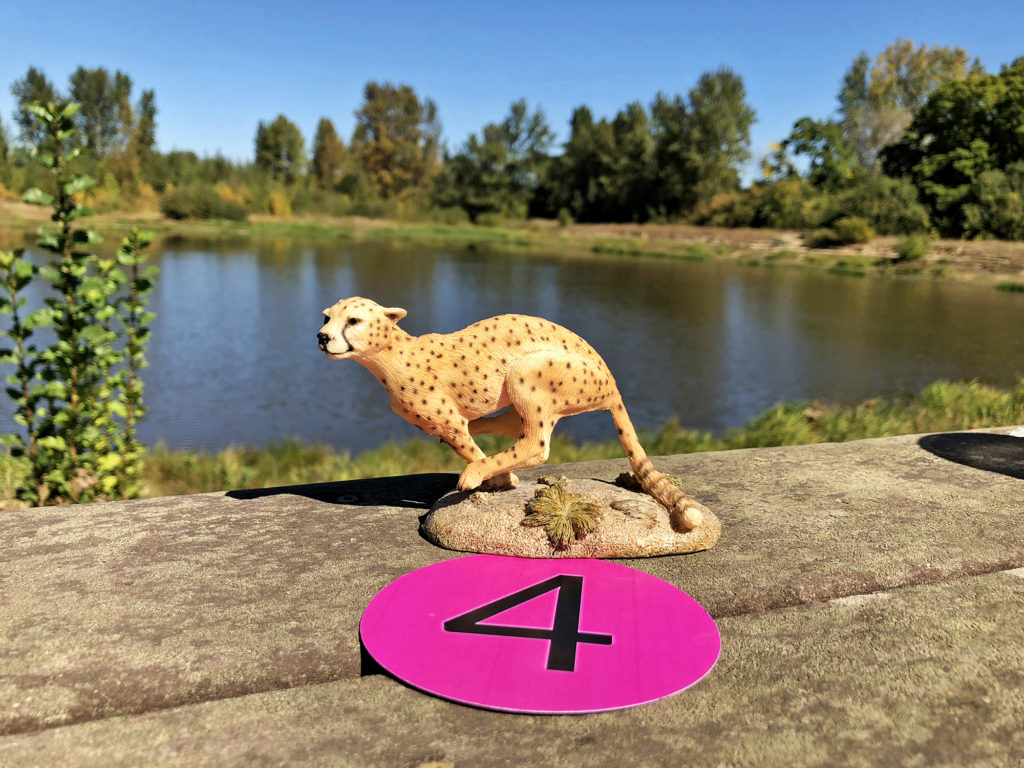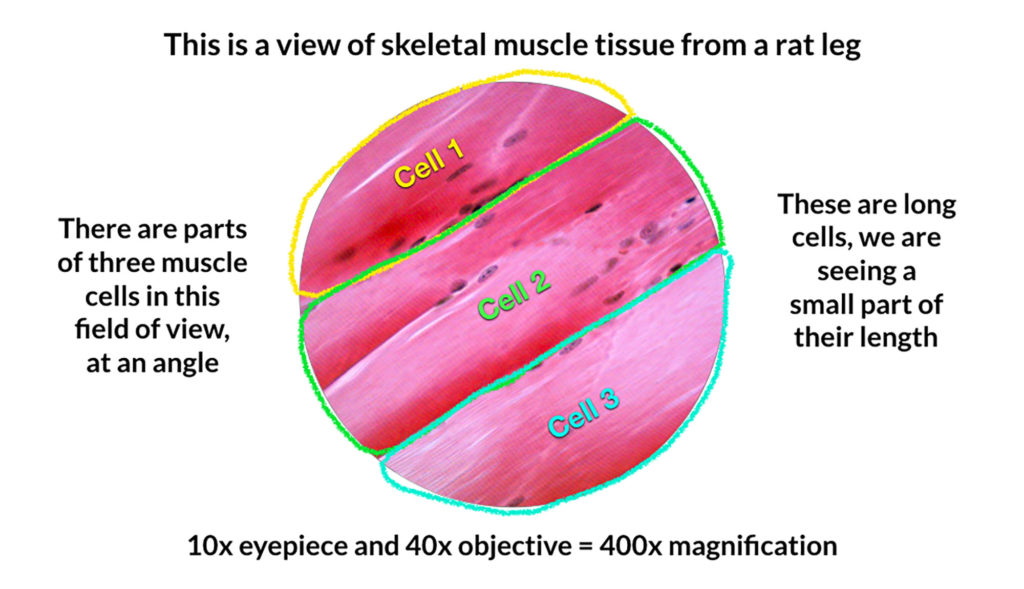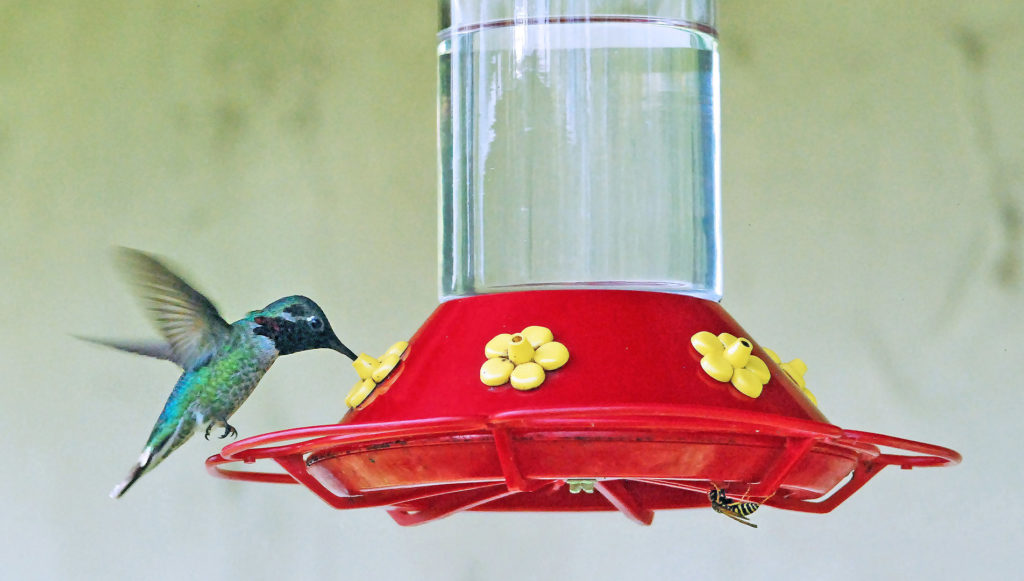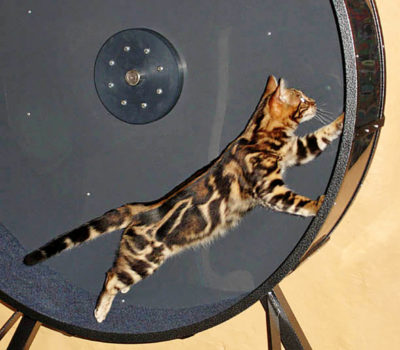
Animal Motion
Animal Motion
Animals are not the only species that move, but the speed and range of movement are extraordinary due to specialized structures.
Learning Objective: Describe different forms of animal motion, including accompanying physical structures and behaviors.


When people list the characteristics of animals, movement is usually at the top of the list.
Much of this movement is carried out by the specialized skeletal muscle cells that were introduced in the magnification section.
This video provide a microscopic look at the skeletal muscles.
Watch this video; you can select the closed captioning “cc” option if you would like to see the text.
Locomotion, an animal’s body moving from one place to another, is typically a combination of muscle contraction and environmental features like water, wind, or gravity.
Movement through the air has the least resistance, but takes a great deal of energy to resist gravity.
Monkeys swing and use momentum to minimize muscle contraction and energy expenditure.

Hummingbirds demonstrate why birds don’t eat leaves: they need the high energy of nectar, insects, or for many species, seeds.
Water resistance means that it takes a great deal of energy to reach a speed than it does the same speed on land. Animals have stream-lined shapes and large, flat surfaces to push against the water.
A seal demonstrates the combination of streamlined shape and flippers to push against the water.
Ducks also tuck into a streamlined shape when diving under water, and use modified feet to paddle.
Large animals typically use legs to move on land. The snake and millipede show extreme differences in structure.
Most snake species do not have legs, but use complex muscular movements to contract and extend various parts of their body.
Millipedes have hundreds of small legs that work in an undulating pattern to move them forward.
An organism used for motion research is the millipede, a myriapod arthropod with an enormous number of legs to control and coordinate. This video introduces a North American millipede and its care.
Learn more about millipede behavior and care in this follow-up video.
Many animal species do not thrive in captivity. This could be due to territoriality, diets that are difficult to duplicate, elaborate mating and reproduction requirements, a high activity level, or a combination of these factors.
Not all pets have been artificially selected for long periods of time. Animals used in laboratory research like rats and mice have been bred to be docile and calm. Hamsters have been primarily bred for appearance, and need high levels of activity to reduce destructive behaviors.
Similarly, Bengals Cats retain ancestral behaviors, including high activity levels. A large exercise wheel reduces territoriality, fighting, and pacing.
Since cats, dogs, and other vertebrate species have muscle tissue similar to humans, exercise is also key to their physical health.
Although typically animal research is used for human medical treatments and medications, in recent years, results from human exercise studies have been extrapolated to animal care.

In the next section, microscopy, video, and movement will all come together in a closer look at microscopic animals.











